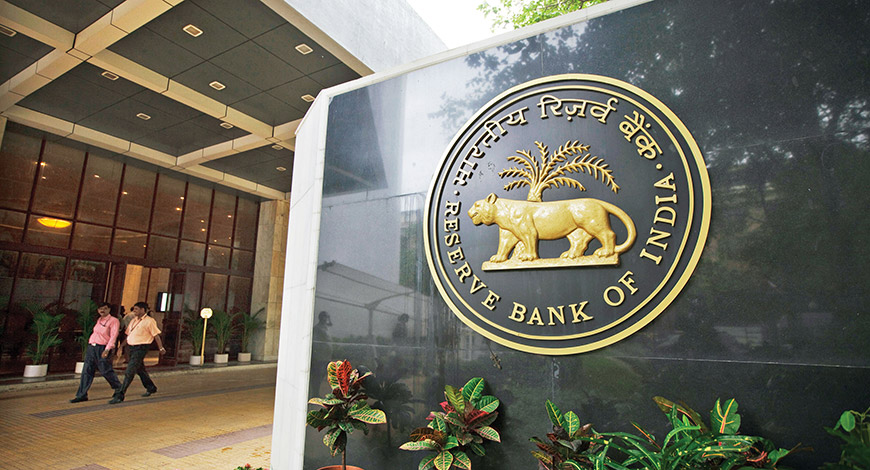The Reserve Bank of India (RBI) last week reduced the benchmark lending rate by 25 basis points. This was on top of a similar rate cut in February by the central bank. In response to the February policy rate cut, a number of lenders such as ICICI Bank, Kotak Mahindra Bank, HDFC Bank, Bank of Baroda, Punjab National Bank, YES Bank and Union Bank had reduced their MCLR by 5 to 10 basis points. One basis point is one hundredth of a percentage. This time around, bigger banks such as the SBI have taken the plunge with a small, 5-10 basis point reduction in benchmark rate. But these are way below what was signalled by the central bank. Its intent seems defeated as banks are likely to abstain from further rate action. There has been a 50 basis point cut in repo rate in the last two months. But from the PSU bank pack, the SBI, the largest of the lot, has passed on just 5-10 basis points to customers. IOB has cut its lending rate by a marginal 5 bps on loan tenors of one year and above. On the other hand, Bank of Baroda did not cut its MCLR stating that its rates are already competitive in the industry. In the private space, HDFC Bank cut its lending rates by 5-10 basis points across various tenors.
Banks are showing reluctance in transmitting cut benefits to consumers as deposits are not growing. Households are shifting to equities and mutual funds, rather than parking their savings with banks. This has forced banks to scout for corporate deposits at higher rates. The cumulative data from RBI released March 27 showed that bank credit was growing at over 14 per cent over the previous year while the deposit growth was at 10 per cent. So why are banks not passing the benefits of a lower RBI repo rate to customers by cutting their lending rates? The answer lies in their inability to lower the rate of interest on deposits. Their hands are tied. Their incremental build-up in deposits is lagging behind the growth in advances. Any cut in interest rates on small savings will be unpopular and hence politically incorrect, especially in an election year. In the last four months, banks have not cut deposit rates. With liquidity drying up in the system, banks are reluctant to lower lending rates.
Growth has hit a sluggish track for many months. The Central Statistics Office has revised the GDP growth for 2018-19 downwards to 7 per cent while the RBI has projected a lower growth of 7.2 per cent in 2019-20 compared to the 7.4 per cent estimated in the last policy. With headline inflation, despite a mild spike in February, is well under control at 2.6 per cent and is projected to average below 3.5 per cent in the first of the current fiscal. This is below the 4 per cent target set for the RBI. Early forecasts indicate a poor monsoon this year courtesy El Nino factor. Global headwinds remain as they are. Global oil prices are now edging close to the $70 a barrel mark on the back of production cuts by the OPEC cartel. Against this backdrop, the buck stops at the RBI to stimulate growth. The repo rate is a lever with which the RBI lends short-term funds to commercial banks. But, this will be voided if the banks do not pass on the benefits of lower rates. Banks must take some upfront measures like cutting their lending rates to stimulate growth. Once growth kicks in, that will more than compensate the banks. The Public Sector Banks (PSBs) should, therefore, take the lead and not disappoint, like the SBI has done.
